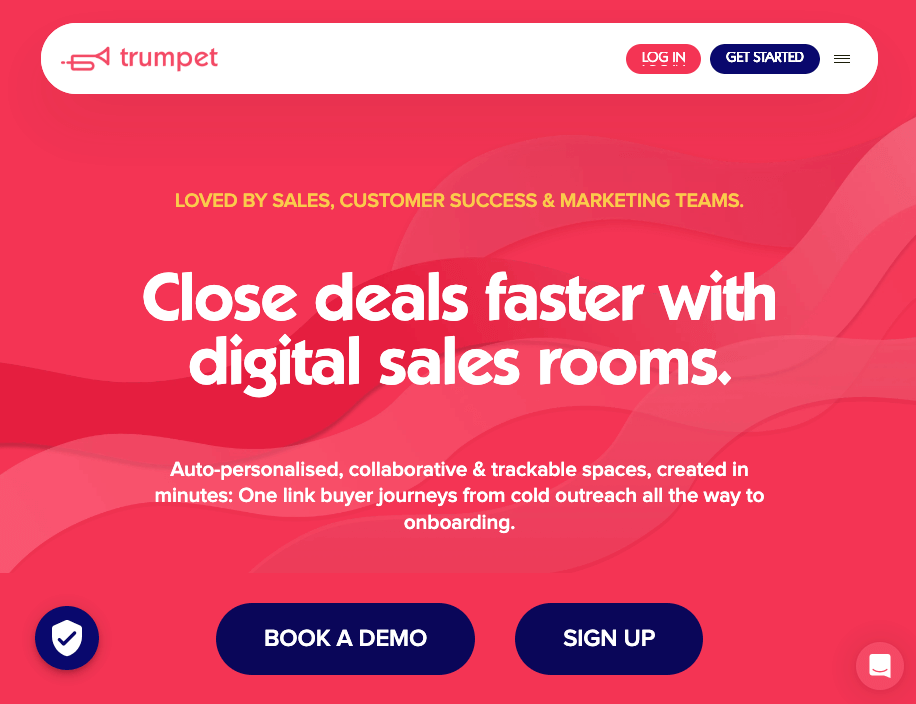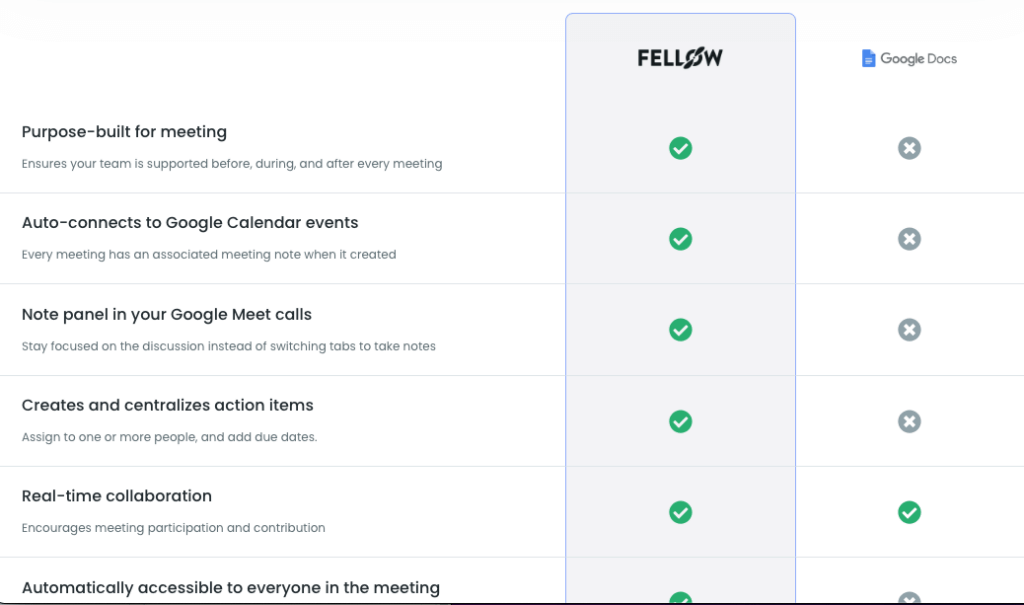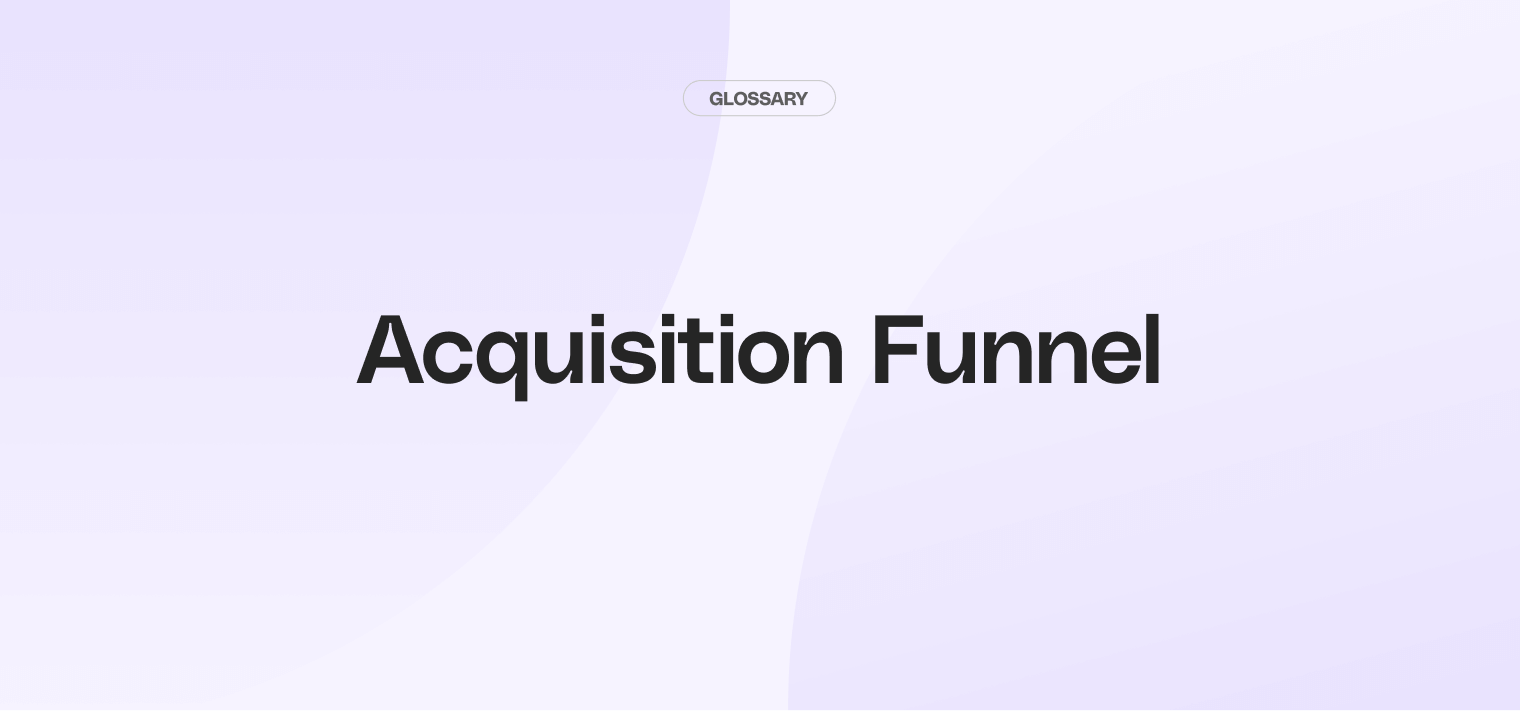The acquisition funnel, also known as the sales or marketing funnel, is a fundamental concept in growth marketing. It is a model that illustrates the theoretical customer journey towards the purchase of a product or service. The funnel metaphor is apt because it starts broad at the top (awareness) and narrows down towards the bottom (conversion), reflecting the process of filtering out those who are less likely to make a purchase.
Understanding the acquisition funnel is crucial for businesses aiming to optimize their marketing strategies, as it helps identify potential areas of improvement in customer conversion. This article will delve into the intricacies of the acquisition funnel, its stages, and its role in growth marketing.
| Key Element | Description | Tips for Optimization |
|---|---|---|
| Understanding Acquisition Funnel | Fundamental concept illustrating the customer journey from awareness to conversion. | Identify and analyze each stage of the funnel to optimize customer conversion. |
| Origins of Acquisition Funnel | Introduced by E. St. Elmo Lewis in 1898 with the AIDA model (Awareness, Interest, Desire, Action). | Understand historical context to appreciate evolution and application in modern marketing. |
| Importance of Acquisition Funnel | Provides roadmap for customer acquisition, improves conversion rates, and identifies bottlenecks. | Tailor marketing strategies to meet customer needs at each funnel stage. |
| Stages of Acquisition Funnel | Awareness, Interest, Consideration, Intent, Evaluation, Purchase. | Craft targeted strategies for each stage to guide customers towards conversion. |
| Optimizing Acquisition Funnel | Identify bottlenecks, implement strategies for improvement, and continuously refine. | Utilize data analysis, A/B testing, and customer feedback for optimization. |
Understanding the Concept
The acquisition funnel is a visual representation of the customer's journey, from the initial stages of awareness to the final stage of conversion. It provides a structured approach for businesses to understand and analyze their customer acquisition process, allowing them to identify bottlenecks and optimize their strategies accordingly.
While the acquisition funnel may vary slightly depending on the business model or industry, it generally consists of the following stages: Awareness, Interest, Consideration, Intent, Evaluation, and Purchase.
Each stage represents a different level of customer engagement, and requires different marketing strategies to effectively guide the customer towards conversion.
Origins of the Acquisition Funnel
The concept of the acquisition funnel dates back to 1898, when it was first introduced by E. St. Elmo Lewis. Lewis developed the AIDA model (Awareness, Interest, Desire, Action), which is considered the precursor to the modern acquisition funnel.
The AIDA model was a revolutionary concept that helped businesses understand the cognitive process customers go through before making a purchase.
Over the years, the acquisition funnel has evolved and expanded to include more stages, reflecting the increasing complexity of the customer journey in the digital age. Despite these changes, the core principle remains the same: to provide a structured framework for understanding and optimizing the customer acquisition process.

Importance of the Acquisition Funnel
The acquisition funnel is a critical tool for businesses, as it provides a clear roadmap for customer acquisition. By understanding the different stages of the funnel, businesses can tailor their marketing strategies to meet the specific needs and preferences of customers at each stage.
This targeted approach can significantly improve conversion rates and customer retention.
Moreover, the acquisition funnel allows businesses to identify potential bottlenecks in their customer acquisition process. These bottlenecks may be areas where customers drop out of the funnel, indicating a need for improvement.
By addressing these issues, businesses can streamline their acquisition process and increase their overall efficiency.
Stages of the Acquisition Funnel
The acquisition funnel consists of several stages, each representing a different level of customer engagement. While the exact names and number of stages may vary, the following are commonly included: Awareness, Interest, Consideration, Intent, Evaluation, and Purchase.
It's important to note that not all customers will pass through every stage of the funnel. Some may drop out at any point, while others may skip stages entirely. The goal of the acquisition funnel is not to force customers through each stage. Rather, it should guide those who are most likely to convert towards the final purchase.
Awareness
The first stage of the acquisition funnel is Awareness. This is where potential customers first become aware of your business, product, or service. This could be through various channels such as social media, online advertising, word-of-mouth, or search engine results. At this stage, the goal is to reach as many potential customers as possible and make them aware of your offering.
Marketing strategies at the Awareness stage are typically broad and aim to cast a wide net. This could include content marketing, social media marketing, SEO, and PR efforts. The key is to create a strong first impression that will entice potential customers to learn more about your offering.

Interest
The second stage of the acquisition funnel is Interest. At this stage, potential customers have shown an interest in your offering and are actively seeking more information. They may visit your website, follow your social media accounts, or sign up for your newsletter. The goal at this stage is to provide valuable information. This will keep potential customers engaged and move them further down the funnel.
Marketing strategies at the Interest stage are more targeted and aim to provide potential customers with the information they need to make an informed decision. This could include educational content, product demos, and customer testimonials. The key is to demonstrate the value of your offering and how it can solve the customer's problem or meet their needs.

Consideration
The third stage of the acquisition funnel is Consideration. At this stage, potential customers are considering your offering as a possible solution to their problem or need. They may compare your offering with others in the market, evaluate the pros and cons, and consider the price and value. The goal at this stage is to position your offering as the best choice.
Marketing strategies at the Consideration stage are focused on differentiation and persuasion. This could include comparison charts, case studies, and special offers. The key is to highlight the unique benefits of your offering and convince potential customers that it is the best choice for them.

Intent
The fourth stage of the acquisition funnel is Intent. At this stage, potential customers clearly intend to purchase your offering. They may add your product to their shopping cart, request a quote, or contact your sales team. The goal at this stage is to facilitate the purchase process and remove any barriers to conversion.
Marketing strategies at the Intent stage are focused on conversion and customer service. This could include easy checkout processes, personalized communication, and responsive customer support. The key is to make the purchase process as smooth and hassle-free as possible for the customer.

Evaluation
The fifth stage of the acquisition funnel is Evaluation. At this stage, potential customers are evaluating their purchase decisions. They may seek feedback from others, read reviews, or reflect on their own needs and preferences. The goal at this stage is to reassure the customer that they have made the right choice.
Marketing strategies at the Evaluation stage are focused on reassurance and validation. This could include follow-up communication, customer reviews, and satisfaction guarantees. The key is to provide the customer with the confidence and reassurance they need to finalize their purchase.

Purchase
The final stage of the acquisition funnel is Purchase. At this stage, the customer has decided to purchase your offering. The goal at this stage is to ensure a positive purchase experience, as this can lead to repeat purchases and customer loyalty.
Marketing strategies at the Purchase stage are focused on customer satisfaction and retention. This could include thank-you messages, customer surveys, and loyalty programs. The key is to make the customer feel valued and appreciated. This helps foster a long-term relationship and encourages repeat business.

Role in Growth Marketing
The acquisition funnel is crucial in growth marketing, a strategy focused on attracting, engaging, and retaining customers to achieve sustainable business growth. By understanding the customer journey through the acquisition funnel, businesses can tailor their growth marketing strategies to meet the specific needs and preferences of customers at each stage.
Growth marketing goes beyond traditional marketing strategies by focusing on the entire customer lifecycle, not just the initial acquisition. This holistic approach allows businesses to optimize their strategies for each stage of the acquisition funnel, from raising awareness to retaining customers. As a result, growth marketing can lead to higher conversion rates, increased customer loyalty, and sustainable business growth.
Acquisition Funnel and Customer Acquisition Cost (CAC)
The acquisition funnel is closely tied to the concept of Customer Acquisition Cost (CAC). This is the total cost of acquiring a new customer. By understanding the acquisition funnel, businesses can identify areas where they can reduce their CAC. This includes improving conversion rates or increasing customer retention.
For example, if a business finds that many potential customers are dropping out at the Consideration stage, they may need to improve their marketing materials or offer more competitive pricing. By addressing these issues, the business can increase its conversion rate and reduce its CAC, leading to a higher return on investment (ROI).

Acquisition Funnel and Customer Lifetime Value (CLV)
The acquisition funnel also plays a role in determining Customer Lifetime Value (CLV), which is the total revenue a business can expect from a single customer over the course of their relationship. By optimizing the acquisition funnel, businesses can increase their CLV by retaining customers for longer and encouraging repeat purchases.
For instance, if a business finds that many customers are not returning after their first purchase, they may need to improve their post-purchase communication or offer a loyalty program. By addressing these issues, the business can increase its customer retention rate and CLV. This leads to greater profitability in the long run.

Optimization
Optimizing the acquisition funnel involves identifying potential bottlenecks or areas of improvement at each stage, and implementing strategies to address these issues. This can involve a variety of tactics, from improving marketing materials to enhancing customer service.
It's important to note that optimizing the acquisition funnel is not a one-time task, but an ongoing process. Customer preferences and market conditions can change over time. As such, businesses need to monitor and adjust their strategies to stay competitive continually.
Data Analysis
Data analysis is a crucial part of optimizing the acquisition funnel. By collecting and analyzing data on customer behavior, businesses can gain insights into how customers are moving through the funnel, where they are dropping out, and what factors are influencing their decisions.
There are many tools and techniques available for data analysis, from simple spreadsheets to sophisticated analytics software. The key is to choose a method that fits your business needs and capabilities, and to use the insights gained to inform your strategies.
A/B Testing
A/B testing, also known as split testing, is a method of comparing two versions of a webpage, email, or other marketing material to see which performs better. This can be a powerful tool for optimizing the acquisition funnel, as it allows businesses to test different strategies and measure their impact on conversion rates.
For example, a business could test two different headlines for a landing page to see which one attracts more clicks. Or, they could test two different email subject lines to see which one leads to more opens. Businesses can continually test and refine their strategies to optimize their acquisition funnel and improve their overall performance.

Customer Feedback
Customer feedback is another valuable tool for optimizing the acquisition funnel. By listening to what customers have to say, businesses can gain insights into their needs and preferences, and identify areas where they can improve.
There are many ways to collect customer feedback, from surveys and focus groups to social media and customer reviews. The key is to be open to feedback, both positive and negative, and to use it as a learning opportunity to improve your business.
Conclusion
The acquisition funnel is a fundamental concept in growth marketing. It provides a structured framework for understanding and optimizing the customer acquisition process. By understanding the stages of the acquisition funnel and tailoring their strategies accordingly, businesses can improve their conversion rates, reduce their customer acquisition cost, and increase their customer lifetime value.
Optimizing the acquisition funnel is an ongoing process that requires continual monitoring and adjustment. By leveraging data analysis, A/B testing, and customer feedback, businesses can identify potential bottlenecks, test different strategies, and continually refine their approach to achieve sustainable business growth.
Unlock Exponential Growth with Cello
Ready to transform your acquisition funnel and harness the power of user-led growth? Cello offers the perfect solution to amplify your SaaS product's reach by turning users into a potent growth channel. With minimal development time, immediate payback, and seamless integration, Cello empowers your users to share your product effortlessly. Experience the simplicity of frictionless sharing, automated rewards, and comprehensive management tools. Witness how brands like tl;dv skyrocketed their referral signups using Cello. Embrace a success-based pricing model and GDPR-compliant security with Cello. Don't miss out on the opportunity to see how Cello can revolutionize your growth strategy. Book a demo today and start your journey towards viral growth.
Resources
Related Articles

Best Referral Software for SaaS with Chargebee Integration: The Definitive Guide to Revenue Attribution
The Strategic Convergence of Billing and User-Led Growth In the contemporary landscape of B2B ...

Automating Stripe Referral Tracking: A Cello Integration Guide
Scaling a referral program manually is impossible. The integration between Cello and Stripe ...

